|
It’s a cold day in Frederick, Maryland, but that is to be expected as it is late January. Our “Story in Stone” offering this week begins in an even colder destination—Ann Arbor, Michigan. Founded in 1825, Ann Arbor is named after the wives of the village’s founders, both named Ann, and the stands of burr oak trees. It is best known as the home of the University of Michigan. Although this school boasts the largest (Amercan) football stadium in the world with a capacity of 107, 601, our aim has nothing to do with the sacred pigskin or Wolverine players past or present. Our interest does have a direct connection to the university, but more specifically to the William L. Clements Library. Located on the school’s central campus, this rare book and manuscript repository specializes in Americana and particularly North American history prior to the twentieth century. I read that Pulitzer Prize-winning author/historian David McCullough spent many hours here researching the library’s extensive collection of Revolutionary War materials for the writing of his book 1776. The Book collection here consists of 80,000 rare books, pamphlets, broadsides and periodicals. Within the other divisions, the library holds 600 atlases, approximately 30,000 maps, 99,400 prints and photographs, 134 culinary periodicals, 20,000 pieces of ephemera, 150 pieces of artwork, 15,000 pieces of sheet music, and 2,600 manuscript collections. One of the latter pertains to one of our own buried here in Frederick’s historic Mount Olivet. His name was Robert W. McCleery. One just needs to seek out Box #35 within the James S. Schoff Civil War Collection and they will be able to study one year in the career of this Frederick native and celebrated naval veteran who died at the age of 31. He traveled from his west-central Maryland home to foreign ports of call, and spent his final years at the top of his rank as a Chief Engineer. I had a rough idea of what this naval position likely entailed, but decided to consult the internet to learn more. A chief engineer is the most senior engine officer of an engine department on a ship, typically a merchant ship, and holds overall leadership and the responsibility of that department. As a person who holds one of the most senior roles on the ship, they must have excellent communication and leadership skills. They will be expected to regularly work alongside other crew members and external consultants, and most importantly, provide guidance to their team. To be a chief engineer, an engineer must attain a chief engineer's license appropriate to the tonnage, power rating, and type of ship that they are employed on. A chief engineer is ultimately responsible for all operations and maintenance that has to do with any and all engineering equipment throughout the entire ship, and supervises all other engineering officer and engine ratings within the department. Robert W. McCleery Robert W. McCleery was born in Frederick City on June 29th, 1832. He was the son of Robert McCleery (1788-1840) and Rebecca Beall McCleery (1795-1871). He was the fifth of eight children, lived at North Market Street and had been born into an accomplished family who had already made their mark on Frederick. Robert’s grandfather, Henry McCleery (1749-1819), an Irish immigrant, master carpenter and architect, gave Frederick its second county courthouse in 1785. Years later, with help from Robert’s father and uncle, Andrew McCleery, Henry also designed the second iteration of All Saints Episcopal Church on Court Street (1813), and the Ross and Mathias mansions on Council Street. Also located on Council Street was the Frederick Academy, site of Robert W.’s early schooling. The first principal of this storied institution was Rev. Samuel Knox, who married Robert’s aunt, Zeruiah (McCleery) Knox (1783-1839). Robert McCleery (father of Robert W.) was a veteran of the War of 1812 as well, and served as a Sergeant Major in Maryland's 3rd Regiment under Gen. George W. Ent from August 24th until September 30th, 1814, seeing action in Baltimore. Mr. McCleery also received appointments by the Frederick municipality to serve as a tax commissioner. The greatest testament to Robert’s lineage comes by way of an entry penned in the diary of Jacob Engelbrecht on July 21st 1840 recording the death of our subject’s father: “Died this morning in the 53rd year of his age Mr. Robert McCreery of our town. I would only remark that we had no better citizen in our town, take him all in all than Mr. Robert McCleery. Buried on the English Presbyterian graveyard.” His body would be relocated to Mount Olivet years later and placed in Area H. A decade after his father's death, I found Robert W. in the 1850 census living with Aubrey Gist Jones and wife Mary Ann (Boyd) in Baltimore. Mr. Jones is simply listed as a “Gentleman” so I’m not quite sure if Robert was working for Mr. Jones or simply lodging at his dwelling. Robert, along with three other tenants were listed as clerks. One more note, Mrs. Jones is buried in Mount Olivet, but I haven’t determined a family relationship or not to our subject. On August 2nd, 1855, Robert would enlist in the US Navy and took the position of Third Assistant Engineer. I first found Robert’s name “in the newspapers” in September 1857. 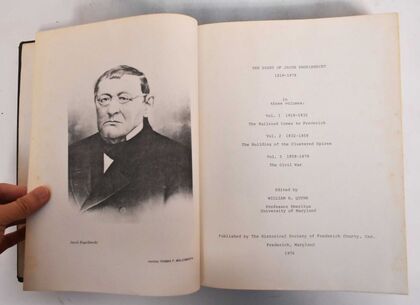 Jacob Engebrecht pictured within a copy of his published diary Jacob Engebrecht pictured within a copy of his published diary It should come as no surprise that Robert’s naval career captured the imagination of Jacob Engelbrecht. I was especially interested to see a series of entries in Jacob’s diary pertaining to the engineer’s whereabouts in 1858. “Robert W. McCleery 2nd Assistant Engineer in the US Navy has been in town for several weeks on a visit and will leave this morning at 8:40am for Norfolk to go on board the US Steam Ship Water-Witch Commanding (illegible) bound to Paraguay (Assumption)with the (illegible)” Thursday, September 30, 1858 8 o’clock AM “Where is Robert W. McCleery now—we are now talking about him in the Shop—Perry thinks he is in Montevideo, now—he was on board the Steamer “Water-Witch.” December 10, 1858 “Where is Robert W. McCleery today? He is assistant engineer aboard Unites States Steamer “Water-Witch” in Paraguay Expedition. March 4, 1859 “He was at Montevideo when last heard from. A letter from him dated Montevideo March 8, 1859 & subsequently states that he was transferred from the “Water-Witch” to the Metacomet” Steamer on the 15th of March & will therefore remain on the South American station for the present. March 9, 1859 “Robert W. McCleery—his brother Perry read a letter from him in our shop yesterday (to his sister Miss Harriet McCleery) dated “United States Steamer Water-Witch,” Montevideo December 29 1858” wherein he stated that very soon they would sail for “Asuncion” Paraguay to see old Don Lopez &c. (P. B. McCleery received a letter from Robert today dated “Metacomet” Montevideo May 11, 1859. Friday, March 18, 1859 An article from a Lancaster, PA newspaper from May, 1859 sheds a little more light on McCleery’s southern excursion. A history of the USS Water Witch says the following: The ship recommissioned briefly during the summer of 1858, but her next real active service came after yet another recommissioning on 17 September of that same year. She headed for the coast of South America as part of the Paraguay expedition under Flag Officer William B. Shubrick to exact an apology and an indemnity from Paraguay over the incident which had occurred in 1855. In January 1859, Water Witch and Fulton arrived in Asunción, the capital of Paraguay; and, backed by the warships, an American commissioner, James B. Bowlin, began negotiations with the Paraguayans. As a result of that expedition, Paraguay extended a satisfactory apology to the United States, indemnified the family of the slain Water Witch crewman, and granted the United States a new and highly advantageous commercial treaty. After the resolution of the difficulties with Paraguay, Water Witch resumed her survey missions in that region of the world. That employment, punctuated by periods out of commission in the United States, lasted until the fall preceding the outbreak of the Civil War. She was again decommissioned, this time at the Philadelphia Navy Yard, for repairs on 1 November 1860. Robert was miraculously enumerated in the 1860 US census as living in Frederick under the roof of his mother Rebecca. This was surely not true, as he was away on his naval deployment out of the country. His mother made sure he was accounted for, however. 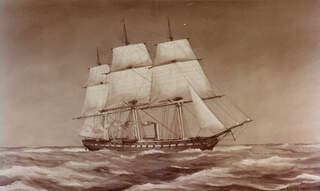 USS Wabash USS Wabash We know this to be the case thanks to our old friend, Jacob Engelbrecht: “Robert W. McCleery (of our city) engineer in the United States service arrived in our city last evening (June 2, 1863) having been absent from here & actual or active service nearly 5 years. He now has a furlough for one month. During the absence, he was in South America as far as Assumption in Paraguay and since the war of rebellion has been in the attack on Hilton Head & c. N.B. He was telegraphed at 10 o’clock June 3rd to return to his duty.” Wednesday, June 3rd, 1863 9 o’clock AM. With the "Water Witch" decommissioned, Robert W. McCleerly would be assigned to the USS Wabash. I learned that this ship (and McCreery) were involved in the southern naval blockade, and was at one point positioned off Charleston, South Carolina. I found a history on the USS Wabash that explained the vessel’s role in the American Civil War up through McCleery’s visit to Frederick. With the outbreak of the American Civil War, Wabash was recommissioned on May 16, 1861, Captain Samuel Mercer in command, and departed New York on May 30, 1861 as flagship of the Atlantic Blockading Squadron under Rear Admiral Silas H. Stringham. Wabash captured the brigantine Sarah Starr off Charleston, South Carolina, on August 3, 1861, and recaptured the American schooner Mary Alice, taken earlier by CSS Dixie. By this date, she had also captured the brigantines Hannah, Balch, and Solferino, along with 22 Confederate prisoners from the four vessels. On August 26, 1861, Wabash departed Hampton Roads, bound for Hatteras Inlet, North Carolina, to take part in the first combined amphibious assault of the war. Wabash accompanied Monticello, Pawnee, revenue cutter Harriet Lane, the tug Fanny, and two transports, carrying over 900 troops under Major General Benjamin Butler. Union forces secured Hatteras Inlet with the capture of Forts Hatteras and Clark on August 29, 1861. The attacking force suffered no casualties and took over 700 prisoners. Among these was Captain Samuel Barron of the Confederate Navy, the former commander in the United States Navy of Wabash when she served under Rear Admiral La Vallette. Wabash was later designated the flagship of Flag Officer Samuel Francis Du Pont, the new commander of the South Atlantic Blockading Squadron, and was sent to the New York Navy Yard for repairs on September 21, 1861. 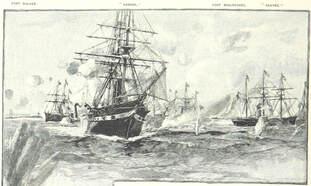 Union Fleet including the USS Wabash at Port Royal Union Fleet including the USS Wabash at Port Royal After refit, Wabash departed Fort Monroe on 29 October 1861 to spearhead the Federal assault on Port Royal, South Carolina. The assembled invasion fleet was the largest yet organized by the Navy, containing 77 vessels and 16,000 Army troops under Brigadier General Thomas W. Sherman. The combined force secured Port Royal Sound on 7 November 1861 after a furious four-hour battle. Wabash led the battle line in this major strategic Union victory. Wabash now took up permanent station on the Charleston blockade, operating out of Port Royal. On March 11, 1862, a landing party led by ship's commanding officer, Commander C. R. P. Rodgers, occupied St. Augustine, Florida. A detachment of seamen and officers from Wabash landed and manned a battery which bombarded Fort Pulaski, Georgia, on April 10 and April 11, 1862 and was instrumental in forcing that Southern fort to surrender. A naval battery of three 12 pounder howitzers from Wabash supported Union troops at the Battle of Pocotaligo, on October 22, 1862. Confederate vessels twice harassed Wabash while on duty in Port Royal Sound. On August 5, 1863, CSS Juno, a small steamer on picket duty below Fort Sumter, fired upon and ran down a launch from Wabash, capturing 10 sailors and drowning two. The CSS David submarine torpedo boat also attacked Wabash on April 18, 1864. Ensign Charles H. Craven, officer of the deck, spotted the cigar-shaped vessel in time for Wabash to get underway. The David disengaged from the attack in the face of musket fire and round shot discharged from Wabash. The Wabash had sailed back to its Philadelphia port and this is where the engineer had traveled to Frederick and back. I’m sure his furlough and visit home in early June (1863) was highly anticipated by both him, and his family. Sadly, this would be cut short after just one night! No one knew at the time, but this abrupt recall would be especially tragic to family , friends and admirers like Engelbrecht because this would be the last time Robert W. McCleery would walk the streets of his hometown. Just over three months later, newspapers in Philadelphia, Baltimore and Frederick would announce Robert’s untimely death And what did Jacob Engelbrecht have to say about his young friend’s death? “Died in Philadelphia on Tuesday, September 15 1863 at _ o’ clock PM Mr. Robert McCleery youngest son of the late Mr. Robert McCleery of our city. He was at the time of his death chief engineer in the United States Navy in the United States Steam Ship “Wabash” (Commander Dupont) & was at the capture of Fort “Pulaski” near Savannah Georgia. On the Wabash he had been on the sea, in actual service, eight years without intermission. Several years since he was in South America up the River Plate as far as Assumption Paraguay & returned to the United States after the Rebellion commenced. His remains were brought to Frederick (after being Embalmed in Philadelphia) and buried in Mount Olivet Cemetery this forenoon. There was an escort of United States soldiers & officers at the time of funeral. The weather was very unpleasant raining very hard & Market Street nearly covered with water. His age was 31 years 2 months & 17 days.” Friday September 18, 1863 4 o’clock PM Sadly, I couldn’t find the exact cause of death for Robert W. McCleery. He was buried on September 17th, 1863 in Area H/Lot 355. Interestingly, this is only yards today from Jacob Engelbrecht’s final resting place
You may be familiar with Perry Beall McCleery’s home on E. Patrick Street—formerly used as a B&B under the fitting name of "McCleery’s Flat" some years back. Perry Beall McCleery was born in 1822. Like his father and grandfather, he was trained as a carpenter. He worked at that occupation until 1850, when he was elected a director and discount clerk of the Frederick County National Bank. McCleery was promoted to bookkeeper in 1852 and then to cashier in 1867. He served as cashier until 1887. McCleery maintained involvement in his local community, serving as a member of Adam Lodge No. 35, 1.0.0.F; the Junior Fire Company; and the Board of Managers at Mount Olivet Cemetery. He also participated in two Frederick building associations. McCleery married Mary Jane E. Doub in 1853, and they had two daughters, who both died as infants, and six sons. Perry McCleery died nearly 24 years after brother Robert on August 11th, 1887. He would be buried a few yards in front of his veteran sibling in Area H. Two final "McCleery" notes of interest before we end this story. Two of Perry's sons later to be buried in the McCleery grave plot would distinguish themselves over their lives. Son Robert, named for his seafaring uncle, would receive a job from James C. Clarke, railroad mogul and namesake of Clarke Place here in town. Robert would relocate to Chicago and work as a clerk for the Illinois Central Railroad.
0 Comments
Leave a Reply. |
STORIES
|
Archives
July 2024
June 2024
May 2024
April 2024
March 2024
February 2024
January 2024
December 2023
November 2023
September 2023
August 2023
July 2023
June 2023
May 2023
April 2023
March 2023
February 2023
January 2023
December 2022
November 2022
October 2022
September 2022
August 2022
July 2022
June 2022
May 2022
April 2022
March 2022
February 2022
January 2022
December 2021
November 2021
October 2021
September 2021
August 2021
July 2021
June 2021
May 2021
April 2021
March 2021
February 2021
January 2021
December 2020
November 2020
October 2020
September 2020
August 2020
July 2020
June 2020
May 2020
April 2020
March 2020
February 2020
January 2020
December 2019
November 2019
October 2019
September 2019
August 2019
July 2019
June 2019
May 2019
April 2019
March 2019
February 2019
January 2019
December 2018
November 2018
October 2018
September 2018
August 2018
July 2018
June 2018
May 2018
April 2018
March 2018
February 2018
January 2018
December 2017
November 2017
October 2017
September 2017
August 2017
July 2017
June 2017
May 2017
April 2017
March 2017
February 2017
January 2017
December 2016
November 2016

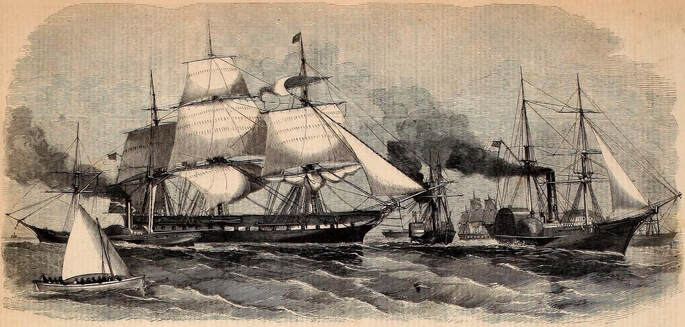
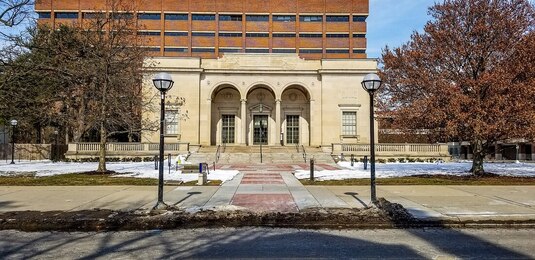
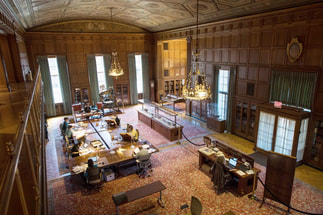
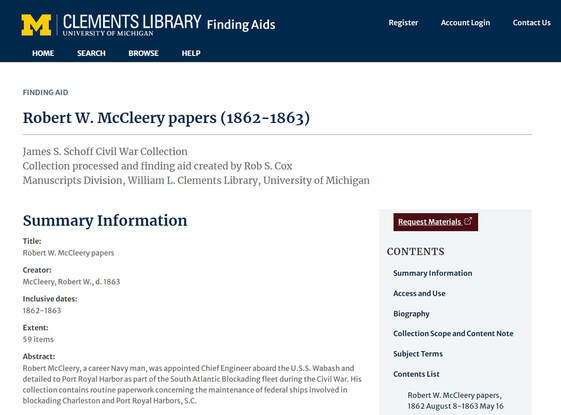
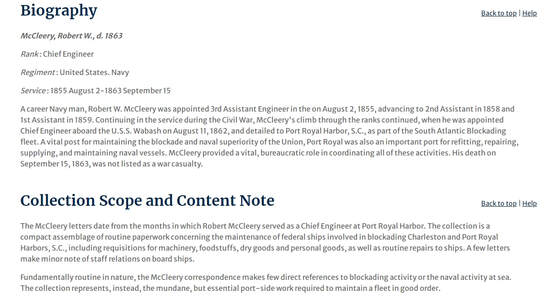
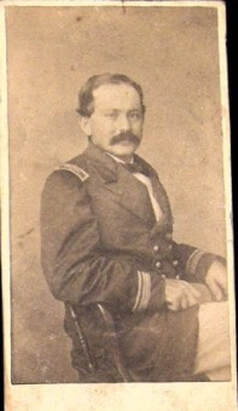
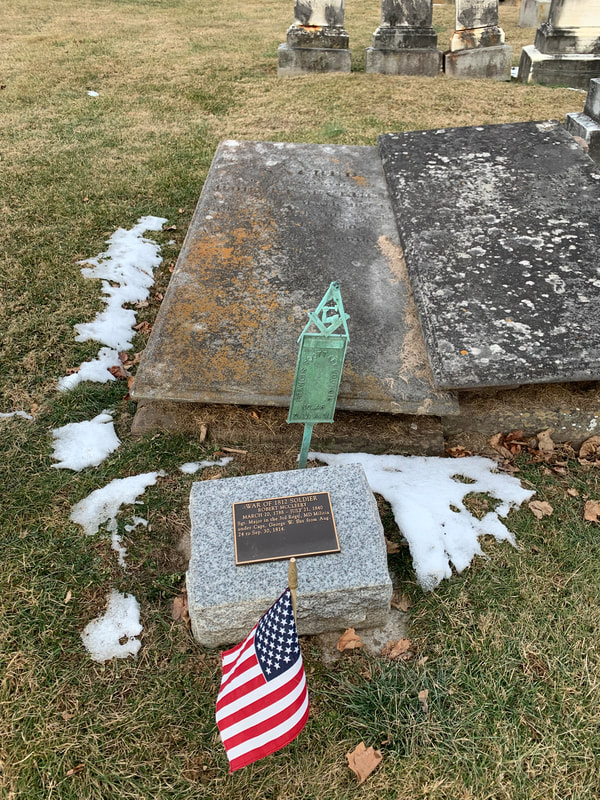

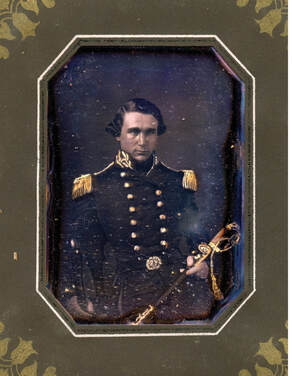
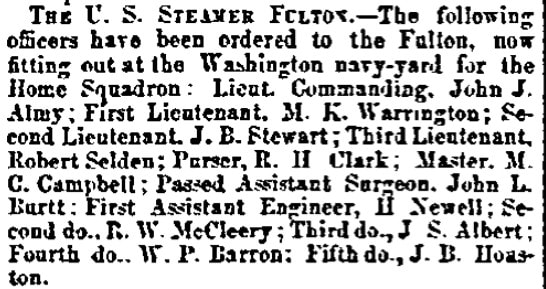
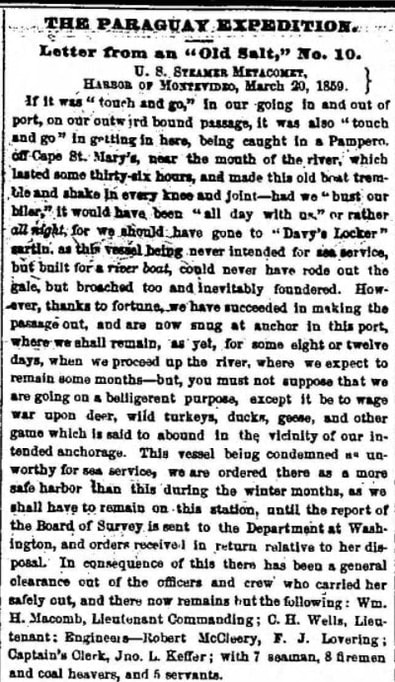
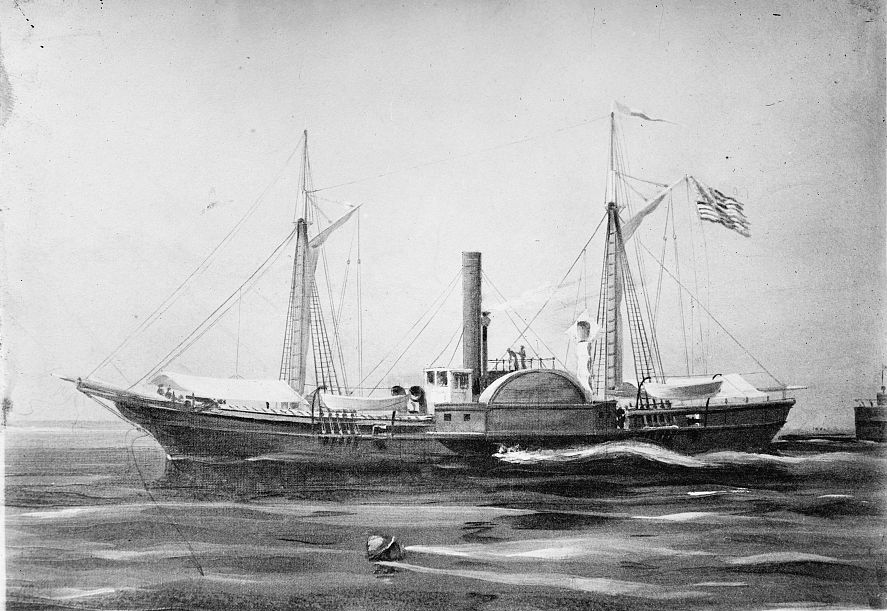
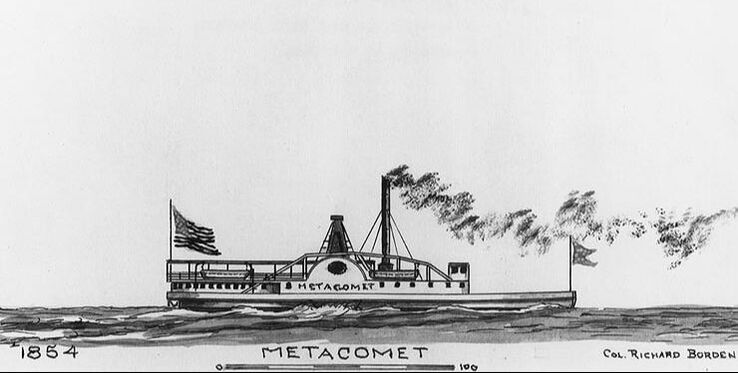
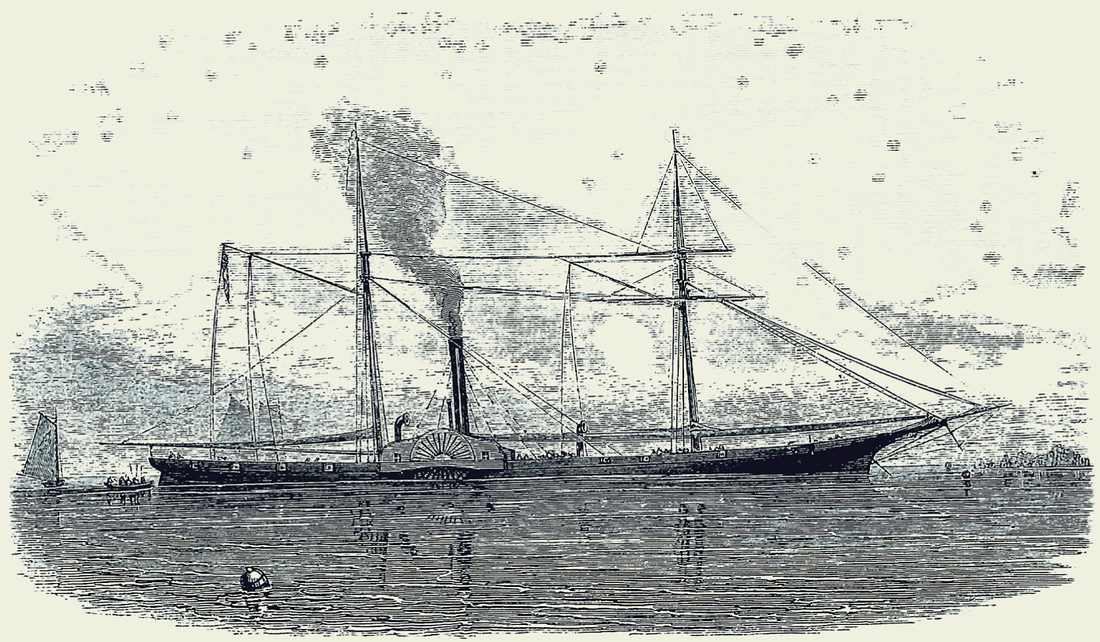

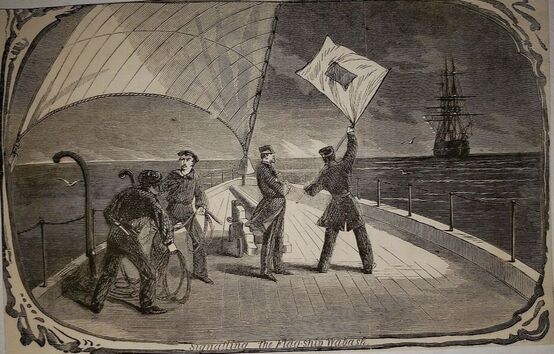
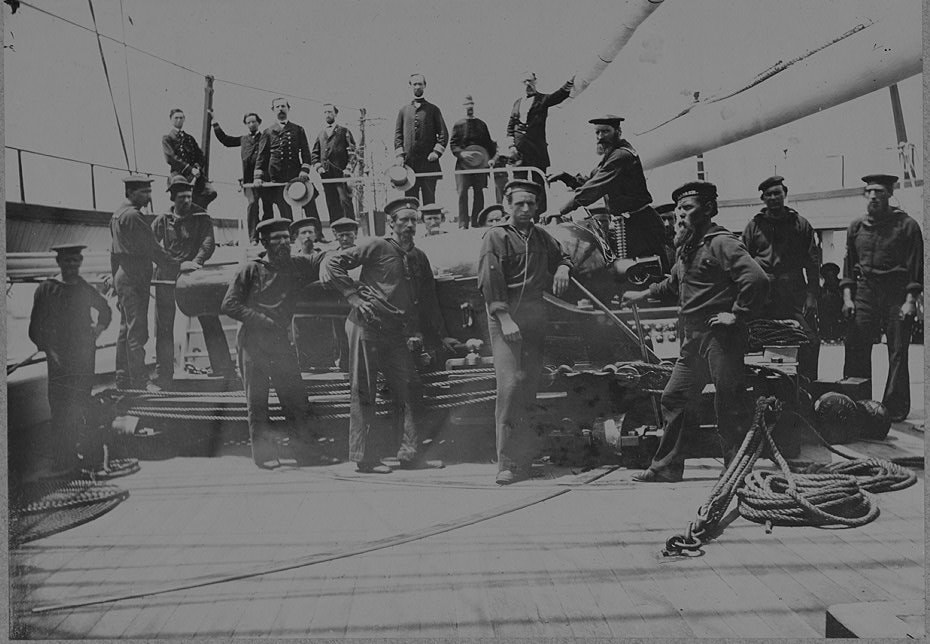
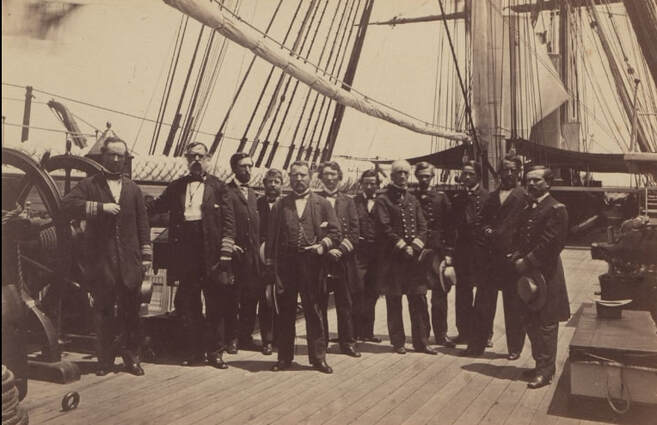
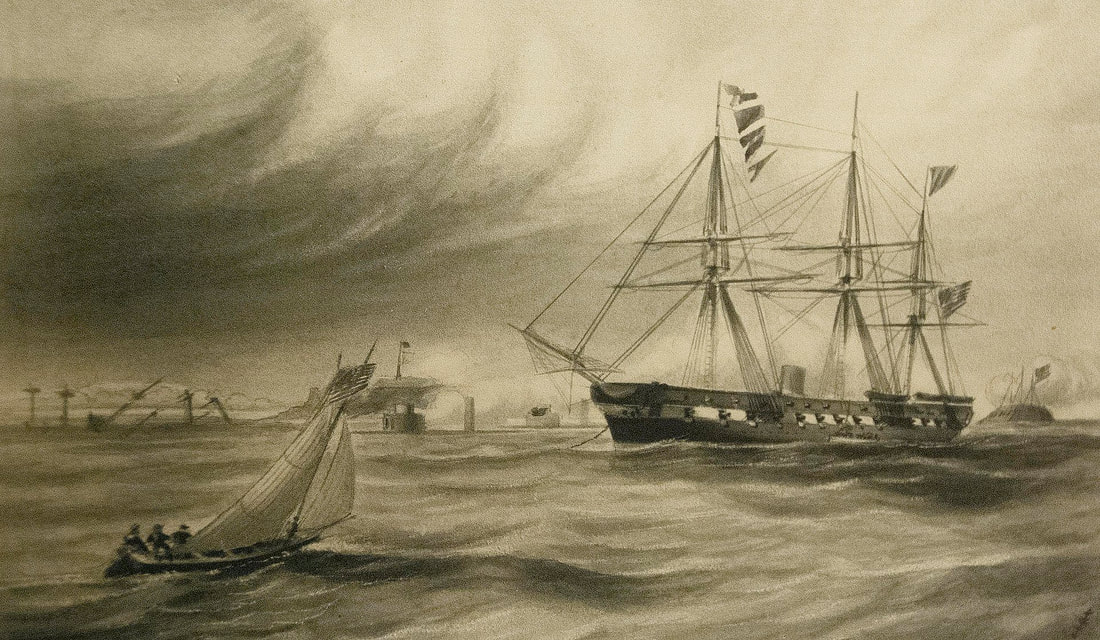
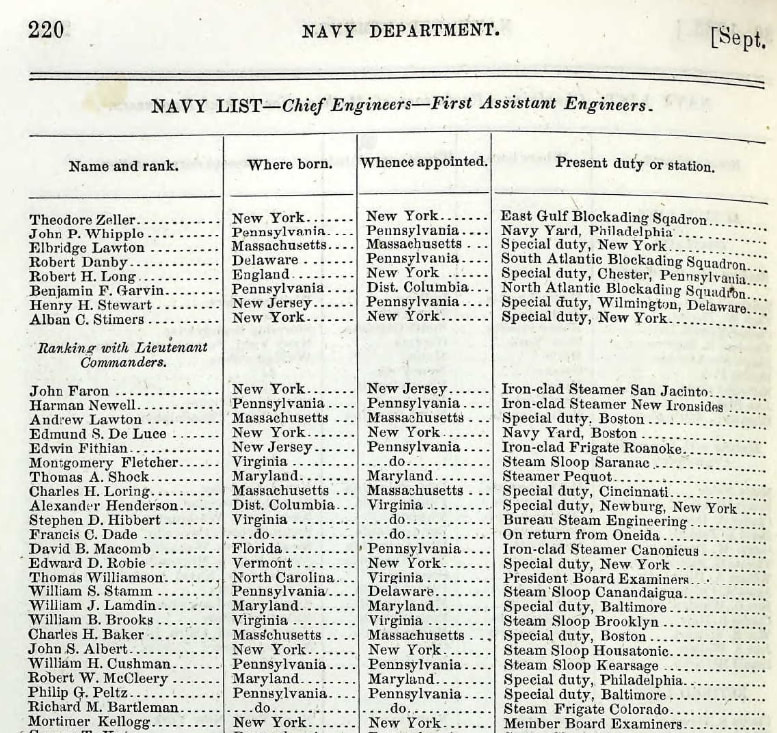
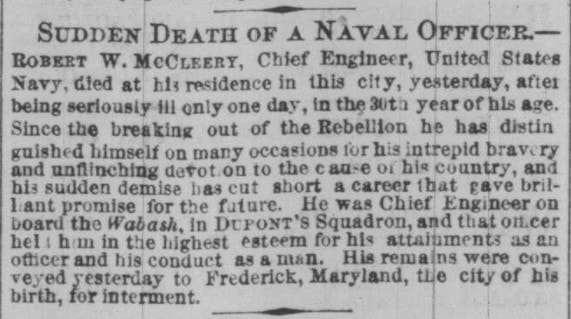
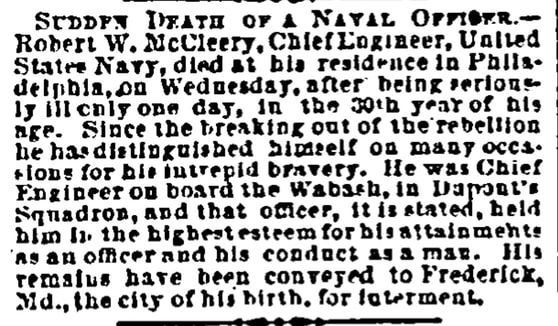
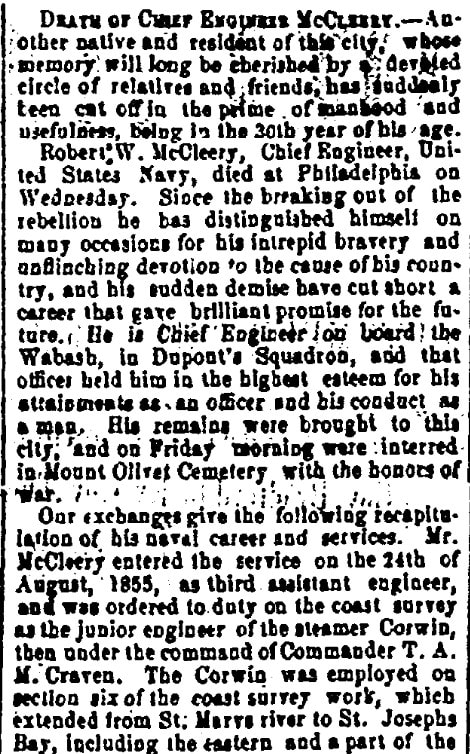
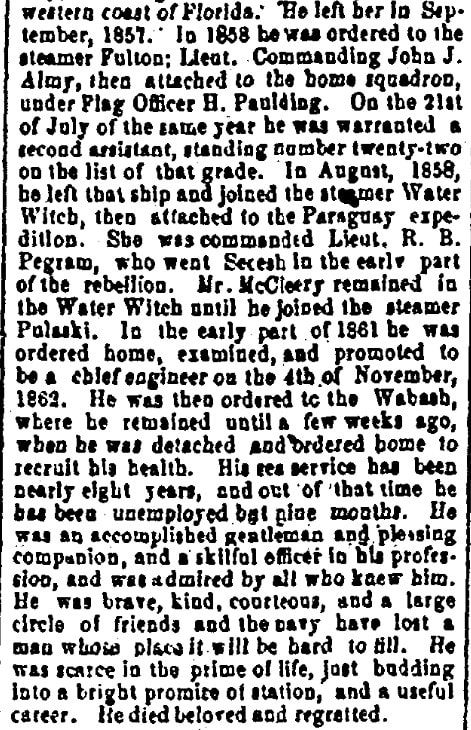
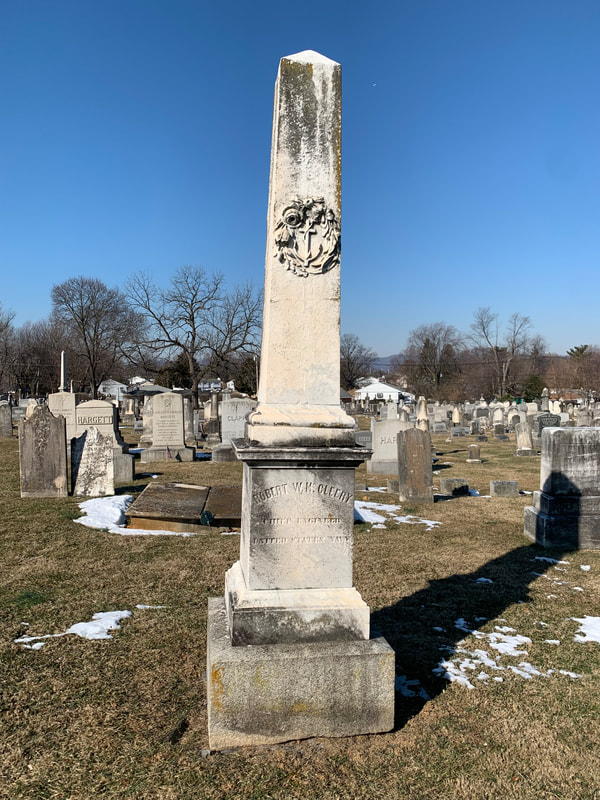
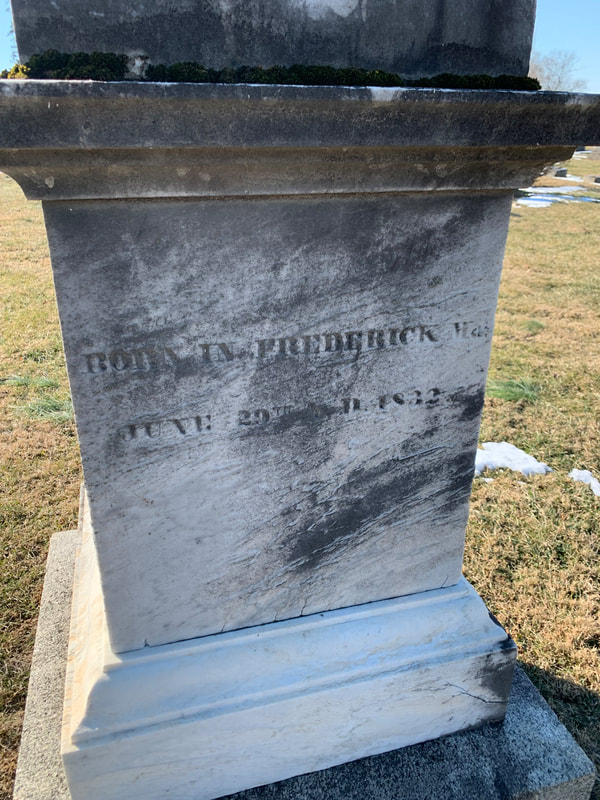
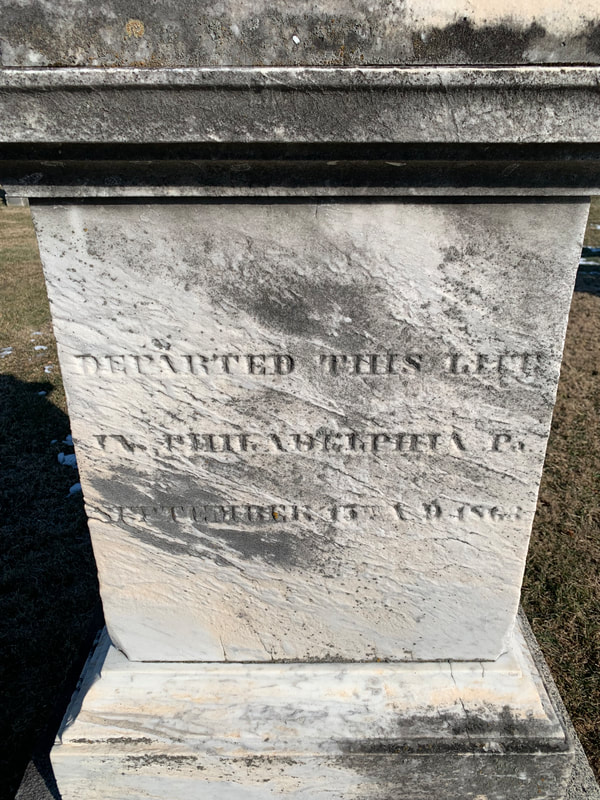
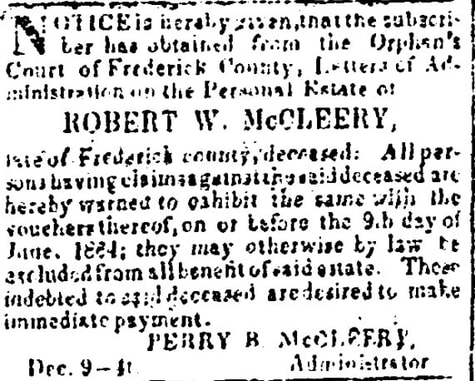
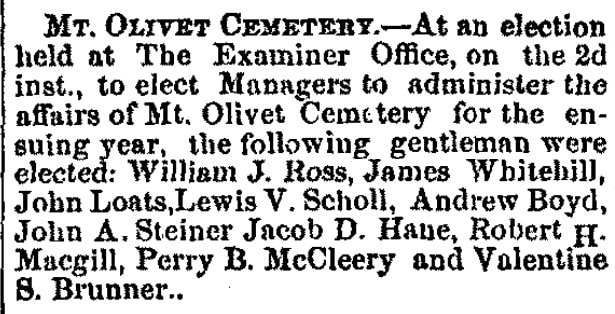
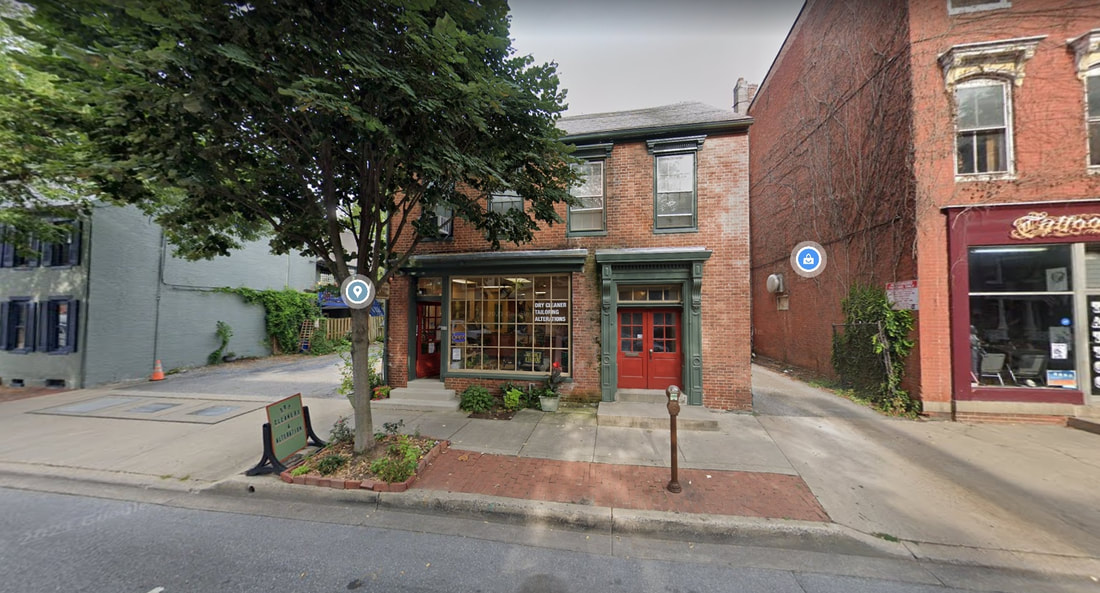

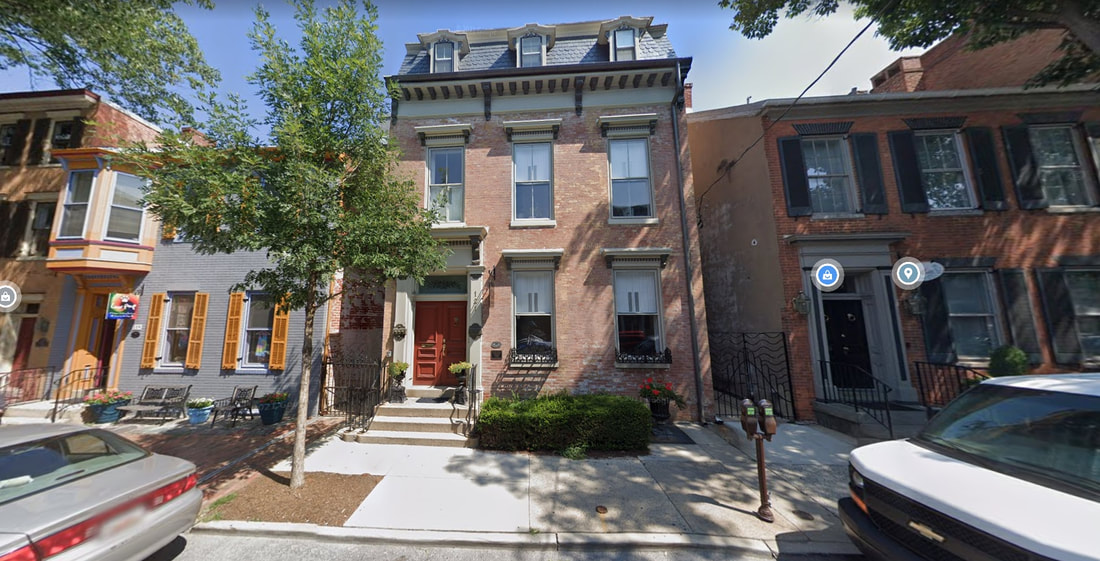

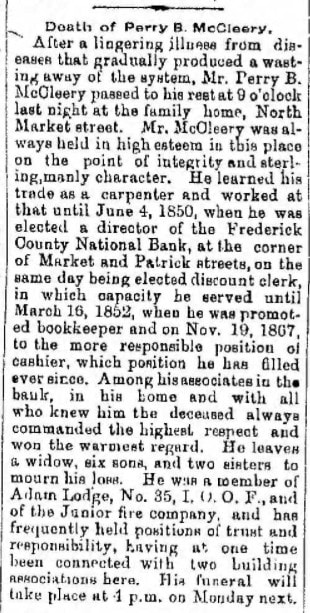
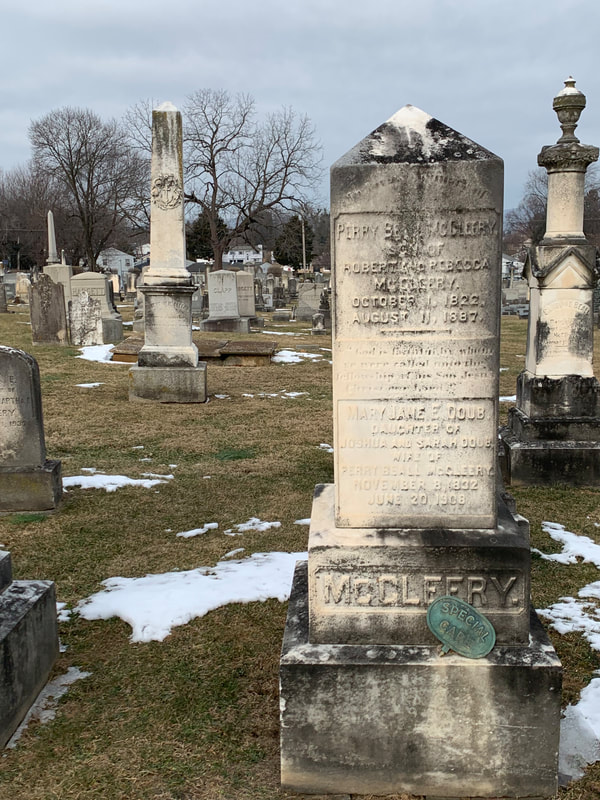
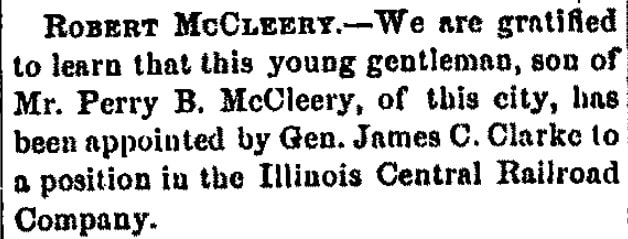
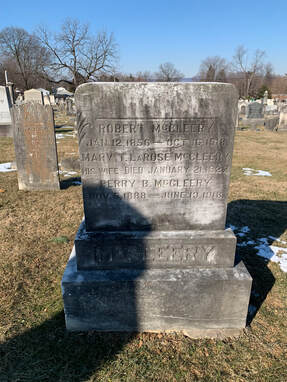
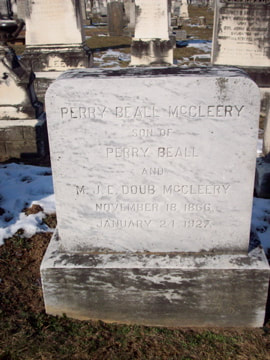
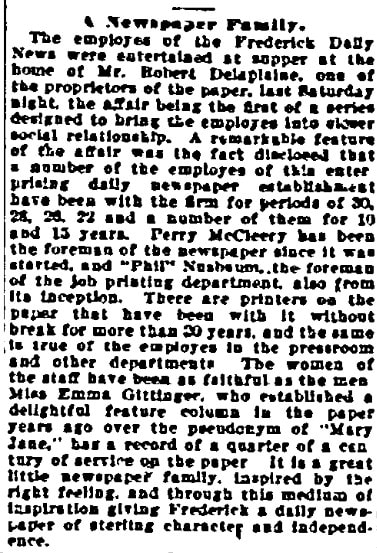
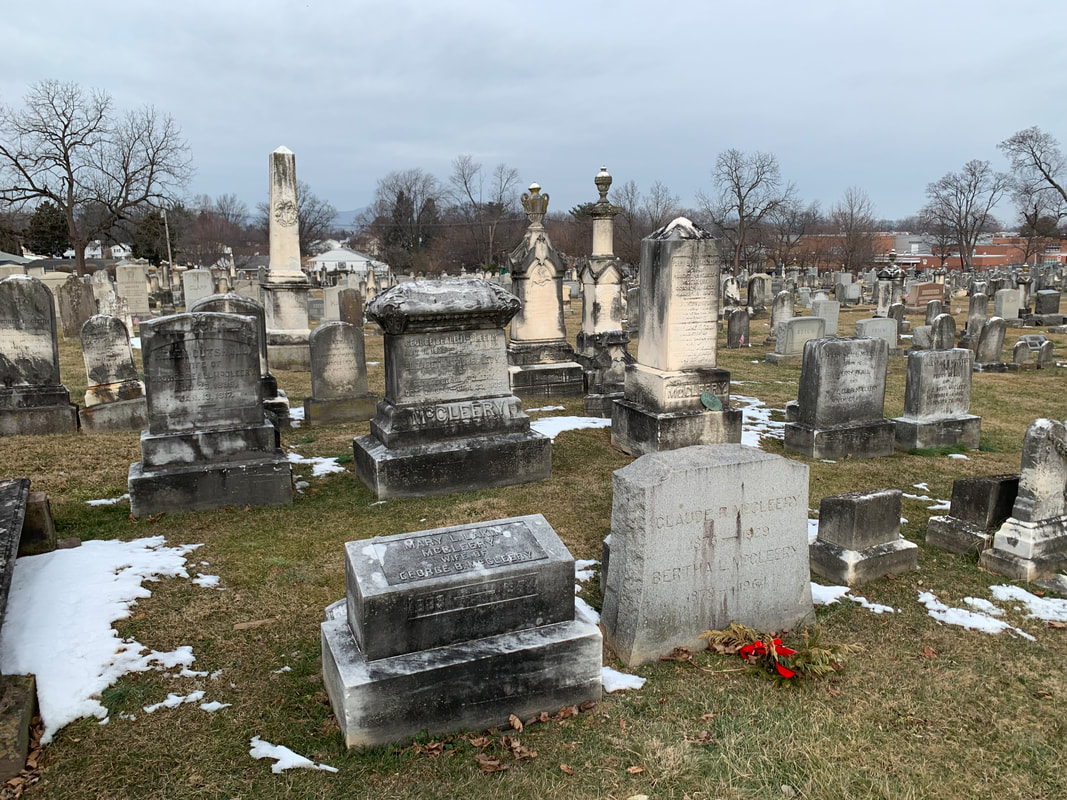

 RSS Feed
RSS Feed